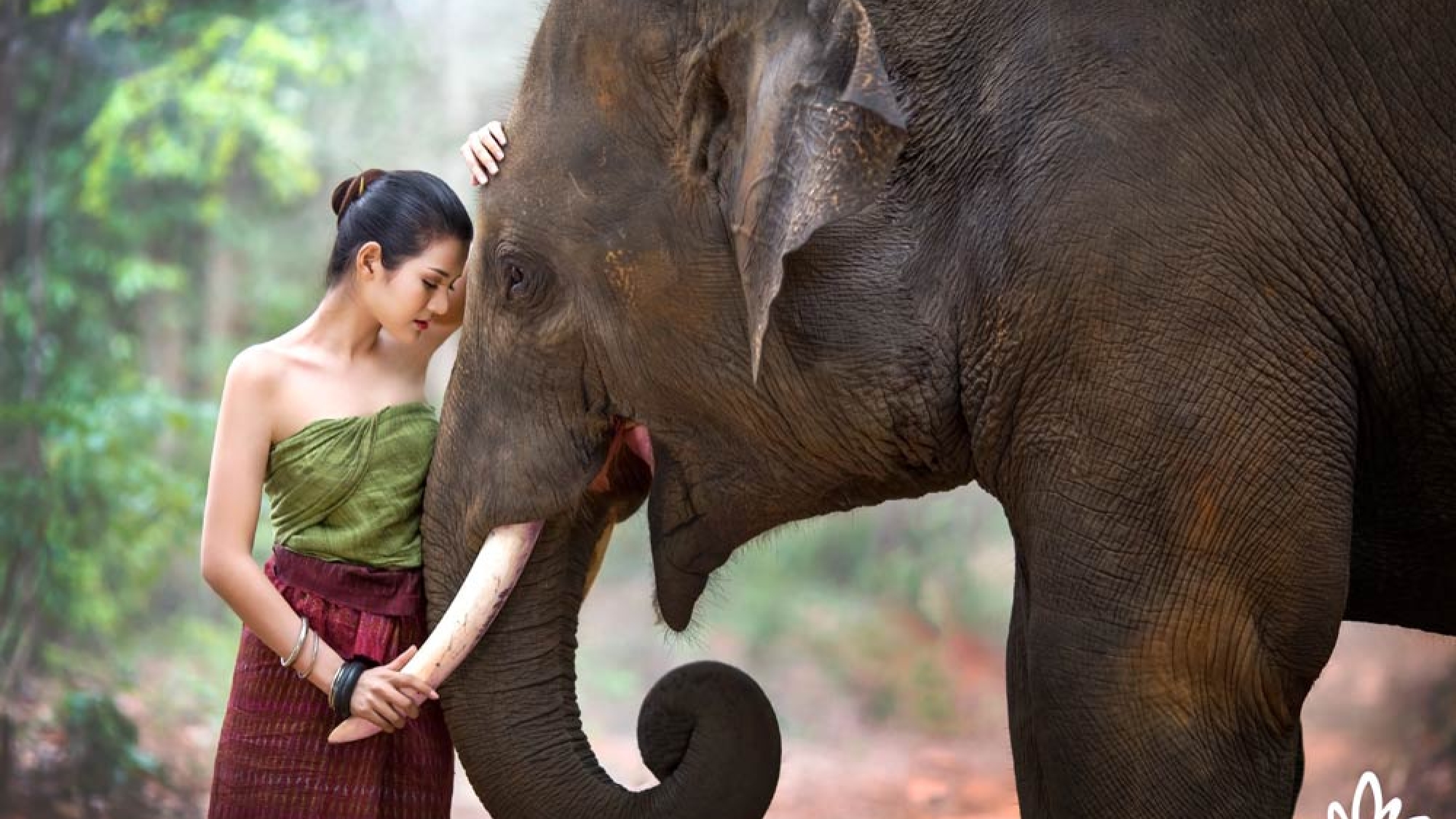Help Save the Elephants
“Elephants cannot be manufactured. Once they’re gone, they cannot be replaced.” – Dr. Iain Douglas-Hamilton, Founder of Save the Elephants
You probably don’t remember the first time you saw an elephant. Was it on a TV screen, in a book or a magazine, or maybe at the zoo? You may have been a child with a stuffed elephant on your toy shelf or a pair of elephant-patterned sleepers. This iconic animal has been a part of human consciousness for millennia—think about the ancient Hindu god Ganesh, for example. Always believed to be highly intelligent as well as mighty in strength, elephants are not mythical beings like unicorns or dragons. Elephants are real, and they need our help desperately if we are going to keep them with us on planet Earth.
And we do want to keep them! Elephants are gentle giants, largest of all land animals. They play an important role in maintaining the biodiversity of the ecosystems in which they live. Both African and Asian elephants form female-led, tight-knit groups consisting of a dominant matriarch and her female relations plus their calves. Living in groups makes individuals safer and allows them to devote more time to caring for and teaching the young. Research shows that elephants have amazing long-term memory and can recognize themselves in a mirror, showing self-awareness. They understand what other elephants are feeling and comfort one another. They also assist other injured elephants, and even mourn their dead.
What makes elephants special in addition to their intelligence and self-awareness? Their amazing anatomy! Here are some details from the International Elephant Foundation: The elephant trunk serves as a nose, a hand, an extra foot, a signaling device and a tool for gathering food, siphoning water, dusting, digging and much more. Elephants don’t drink with their trunks, but use them as “tools” to drink with. This is accomplished by filling the trunk with water and then using it as a hose to pour it into the elephant’s mouth. Elephants can swim – they use their trunk to breathe like a snorkel in deep water.
And then there are the elephants’ precious tusks. Most precious to them, and they should be allowed to keep them! Both male and female African elephants grow long tusks. Tusks are actually elongated upper teeth embedded deep in the elephant’s head with up to a third of the tusk hidden from view. They have a variety of uses: as a tool to dig for food or water and to strip bark from trees; as a weapon in battles with rivals; and as a courtship aid. The tusks of elephants grow throughout their life and can weigh over 200 pounds.
Each year tens of thousands of elephants are killed for their tusks. Although people do care about elephants being killed in Africa, they may not be aware of the full story and the implications for world peace. Because of the high value of wildlife trafficking, organized crime and terrorist organizations have a stake in the black market operation that brings in billions of dollars and funds civil wars in Africa as well as global terrorism. According to former Secretary of State Hillary Clinton, “Stopping poaching is no longer only about protecting the planet’s natural resources. It is also a national security issue, a public health issue and an economic security issue.” The Elephant Crisis Fund proposes using “the best ideas and actions from a diverse coalition of effective leaders, non-profit organizations, institutions, media, scientists, and governments.”In other words, it will take a village, a global village, to solve the elephant crisis.
Ironically, one of the most popular elephant stories of all time is Jean de Brunhoff’s children’s book The Story of Babar (1931) which begins with Babar the baby elephant being orphaned by hunters. Today, aid organizations are working to protect the animals from poachers while keeping their natural habitat intact—no easy matter. In fact, this crisis of existence for the elephant is a spiritual crisis for humans. While some humans are destroying, others are choosing to protect.
You may remember another classic children’s book, an elephant tale which portrays the heroic efforts of Dr. Seuss’s Horton to save an entire civilization. “I meant what I said, and I said what I meant. An elephant’s faithful 100 per cent!” are Horton’s words to all the naysayers who don’t think his mission is possible. Horton’s efforts defined his noble spirit, just like our human spirit must grow and be defined by our effort to defend and protect our planet’s most at-risk members.
For more information on elephants, check out my newest course.

